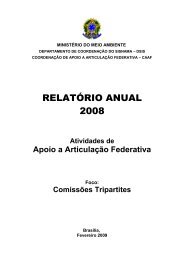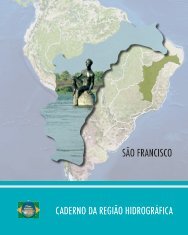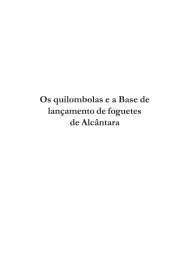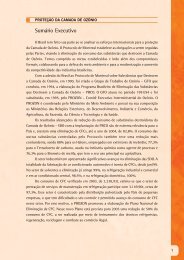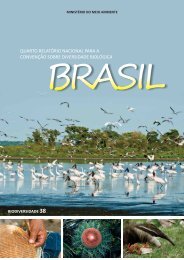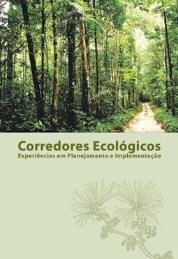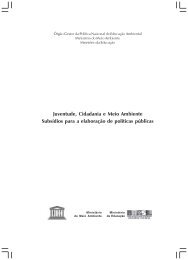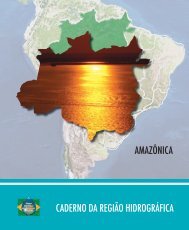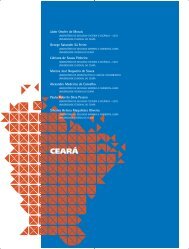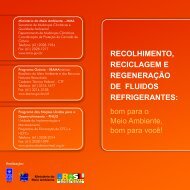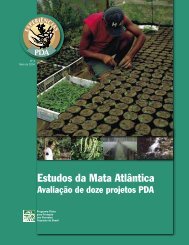Protected Areas
Protected Areas
Protected Areas
- No tags were found...
You also want an ePaper? Increase the reach of your titles
YUMPU automatically turns print PDFs into web optimized ePapers that Google loves.
Dry and Sub-humid LandsBiodiversityThe Caatinga BiomeThe Caatinga is an exclusively Brazilianbiome. It covers 844,453 Km² or 11%of Brazil, and is the main biome of thenorth-eastern region. It is located in thesemi-arid area where average annualtemperatures vary between 25ºC and29º C, and extends over eight statesof north-eastern Brazil and part of thenorth of Minas Gerais state, in the southeasternregion. The Caatinga is Brazil’sleast known biome; few surveys havebeen carried out. However the mostrecent data suggest a high degree ofenvironmental and species richness: 932woody plant, 148 mammal and 510 birdspecies, many of which are only found inthe Caatinga.Around 27 million people currently live inthe original Caatinga area. Forty percentof the original ecosystems of the Caatingahas been completely altered, mainly bydeforestation and burnings, in a landsettlement process that began in thecolonial period. The greater part of thepopulation that lives in the Caatinga ispoor and dependent on the biodiversityof the region for its survival. On the otherhand, these same resources, if conservedand used sustainably can be a driver forthe development in the region.Conserving the Caatinga is closelyassociated with combating desertification,a process of environmental degradationoccurring arid, semi-arid and dry semihumidareas. In Brazil, 62% of areassusceptible to desertification are locatedin areas originally covered by Caatinga,many of which have been substantiallyaltered.In the international context, the Caatingais directly related to two of the threemain environmental conventions withinthe scope of the United Nations -- theConvention on Biological Diversityand the Convention to CombatDesertification. This context can assistthe conservation of this biome if thereis a pooling of efforts on the part ofthose responsible for the nationalimplemention of these conventions – theSecretariat for Biodiversity and Forestsand the Secretariat for Extractivism andSustainable Rural Development in theMinistry of the Environment and theirpartners in the governmental and non-25



